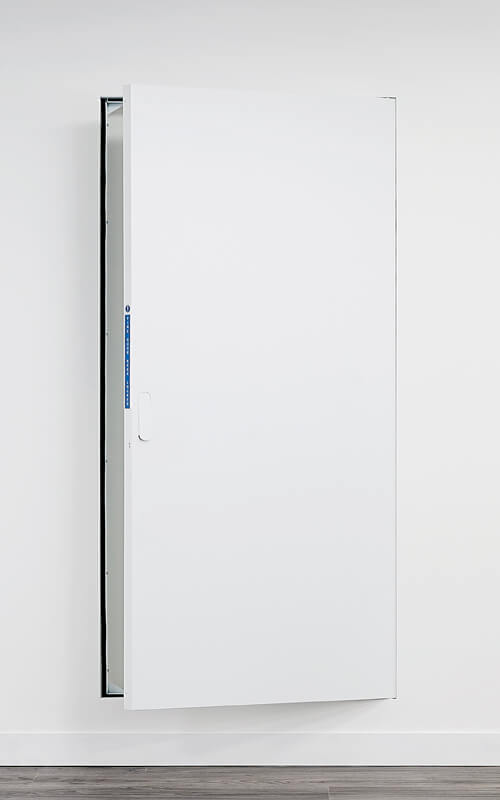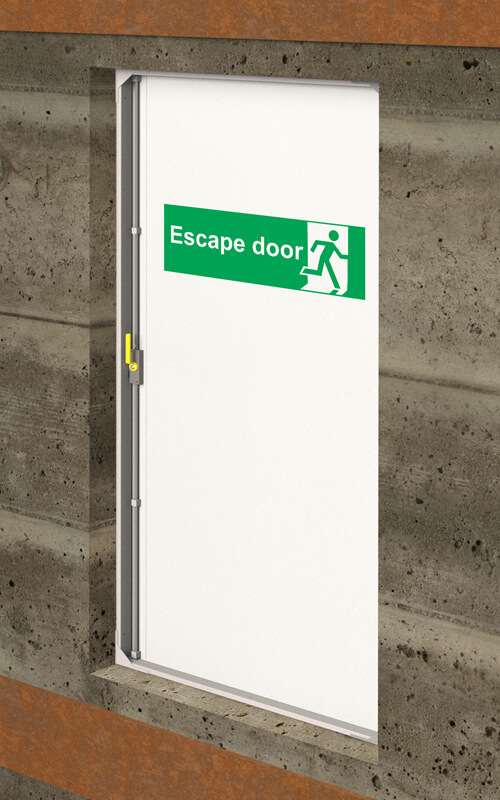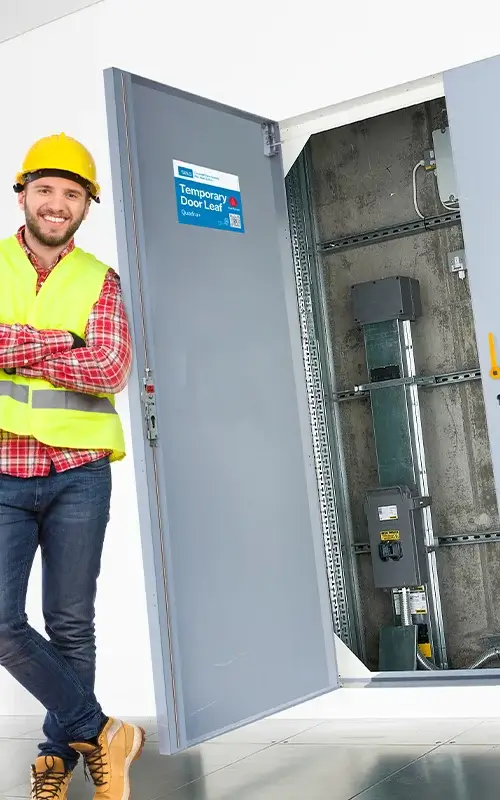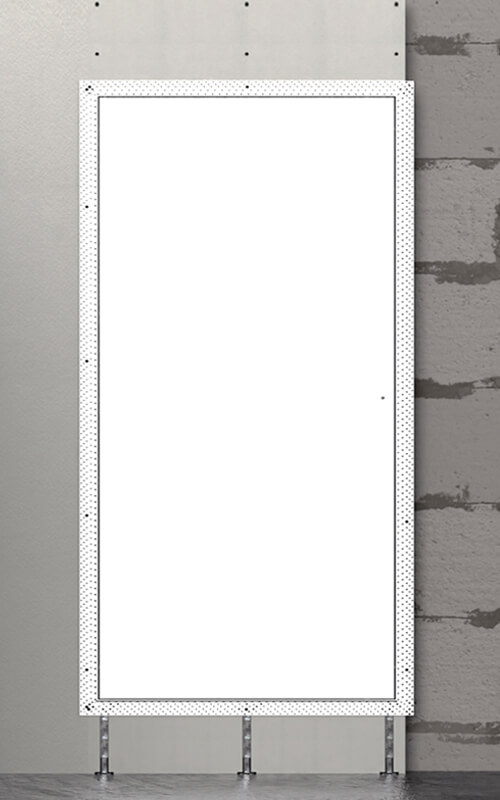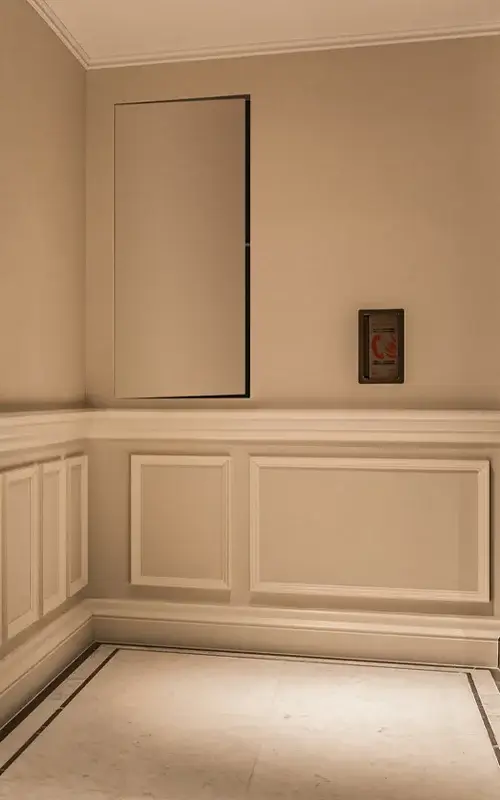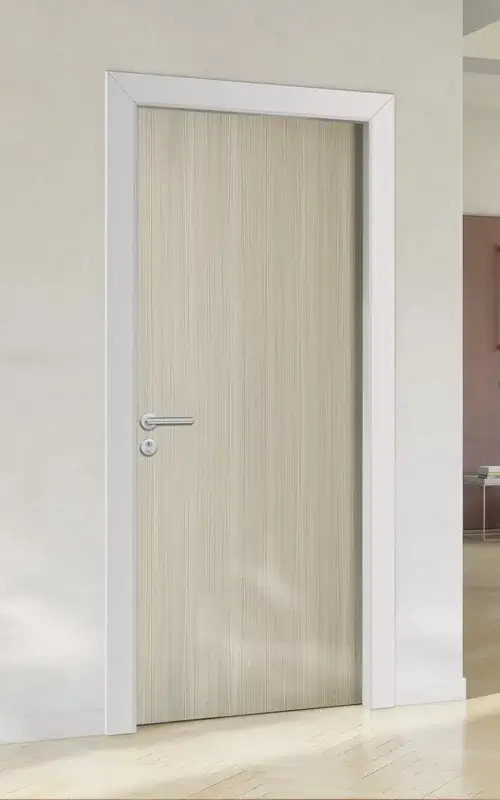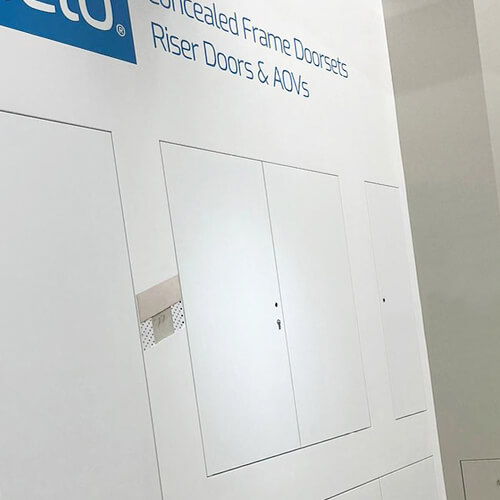
When it comes to specifying a fire rated door, it is important that you understand the fire performance criteria the door has been tested to, so you specify a compliant fire door solution.
Fire protection performance is defined by either reaction or resistance to fire. It is important to understand the difference to ensure fire safety and compliance for your project.
Resistance to fire
Resistance to fire can be defined by a products ability to withstand fire without becoming too damaged, spreading the fire and keeping the fire contained.
Resistance to fire is measured according to three criteria, most commonly in 30, 60 or 120 minutes.
R – Supporting Capacity.
Indicated how many minutes a product will resist the passage of fire without losing its structural properties.
E – Integrity.
The E rating defines (E) Integrity also indicates how many minutes a doorset/assembly will resist the passage of fire structures for integrity in minutes.
I – Insulation.
Indicates how many minutes a product will resist the passage of fire structures for insulation in minutes.
Reaction to fire
Reaction to fire can be defined by how a material responds to fire, how quickly a material catches fire, how fast the flames spread, the amount of heat, smoke and flaming droplets are produced. According to EN 13501-1 a materials reaction to fire can be categorised into one of seven classes based on the materials combustibility and then another 3 classed based on the amount of smoke (s1, s2, s3) and then another three for the amount of burning droplets (d0, d1, d2).
A1 – No contribution to fire
A2 – Little contribution to fire, no flashover
B – Very limited contribution to fire that causes a flashover
C – Limited contribution to fire
D – Acceptable contribution to fire, causes flashover before ten minutes
E – Fuel, causes flashover before two minutes
F – No performance requirements
Smoke Opacity (S)
- S1: Little smoke.
- S2: Medium amount of smoke.
- S3: Vast amount of smoke.
Flaming Droplets/Particles (D)
- D0: Produces drops or particles.
- D1: Produces drops and/or non-burning particles.
- D2: Produces drops and/or burning particles.
If you would like to understand more about the difference between FD or E fire ratings and how fire doors are tested, please check our blog here.
BS476-22
All national standards have been removed from building regulations with regard to fire protection performance, so all of the parts of BS476 for both reaction and resistance to fire in Approved Document B have been removed. Only the EN standards can be used to define performance from the end of the 5-year coexistence period which is 2 September 2029.
We advise customers not to wait until the changes are enforced but to get it right now and specify a door that has been tested to the EN standards.
Read more about the upcoming changes here.
Timeline of Changes
The first amendment to Approved Document B will happen on 2 March 2025 to remove any references to the reaction of fire and roofs and introduce new guidance around the provision of sprinklers in care homes.
The second comes into force on 30 September 2026 which will includes a new amendment where second staircases will be required in 18m+ residential buildings. This means residential buildings that are 18m+ high will need a second fire-rated entrance door to access the second staircase.
The third change to Approved Document B contains amendments coming into force at from the end of the 5-year coexistence period which is 2 September 2029. This change is the removal of both reaction and resistance to fire.
Conclusion
Reaction to fire critical in early stages of a fire to prevent a material from catching fire and producing a flashover. Resistance to fire is critical in the latter stages from preventing the fire from spreading.
This is why it is important to consider the fire safety of the building as a system. The FIS recently launched their doors and walls as a system guide which highlights the importance of considering the fire safety of the building as a system.
If you have any questions on how to specify the right fire door for your project, Selo have a legacy of getting it right. Speak to one of our team today to get your compliant fire door solution.


